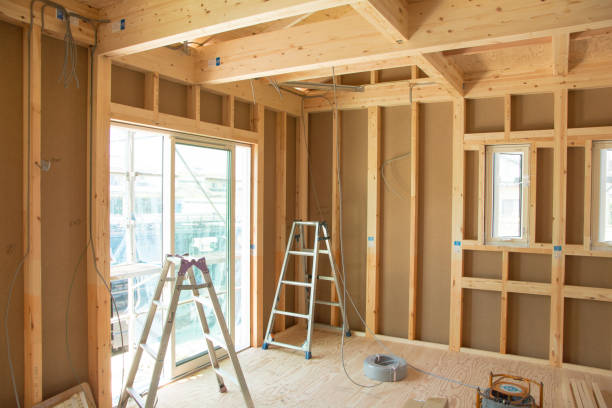In the world of construction and restoration, understanding the nuances of building materials is paramount to achieving the desired results. Lime plaster, mortar, and render are three distinct materials that play integral roles in creating durable and aesthetically pleasing structures. While they may seem similar at first glance, each material serves a unique purpose and possesses specific properties. In this article, we delve into the differences between lime plaster, mortar, and render, shedding light on their applications and contributions to the construction industry.
Lime Plaster: A Blend of Tradition and Versatility
Lime plaster, also known as lime stucco, is a traditional material that has been used for centuries in building construction. Composed of lime, water, and sometimes aggregate, lime plaster is renowned for its breathability, flexibility, and compatibility with historic structures. It allows moisture to evaporate from the walls, preventing moisture-related damage. Lime plaster is commonly used for interior walls, ceilings, and ornamental details in historical buildings, imparting a distinct character and texture.
Mortar: The Glue of Construction
Mortar is a mixture of cementitious materials, sand, and water, used to bond building units such as bricks, stones, or concrete blocks together. It acts as an adhesive, providing structural stability to the construction. Mortar comes in various types, each tailored to specific applications and performance requirements. From the foundational strength of Type N mortar to the high-strength applications of Type S mortar, the composition of mortar can be adjusted to match the needs of the project.
Render: Enhancing Protection and Aesthetics
Render is a coating applied to external walls, providing protection against weather conditions and improving the visual appeal of the building. It is typically composed of a mixture of sand, cement, and sometimes lime. Render offers weather resistance, fire resistance, and the opportunity to create textured or decorative finishes. It’s an essential component in creating a polished exterior appearance for buildings.
Key Differences
- Composition: Lime plaster primarily consists of lime, water, and sometimes aggregate. Mortar includes cementitious materials, sand, and water. Render is composed of sand, cement, and sometimes lime.
- Function: Lime plaster is used for interior walls and ceilings, offering breathability and compatibility with historic structures. Mortar serves as an adhesive to bond building units together, providing structural stability. Render is applied to exterior walls for protection against weather elements and aesthetic enhancement.
- Breathability and Flexibility: Lime plaster is breathable and flexible, allowing moisture to escape and accommodating structural movement. Mortar is rigid and provides strong bonding. Render offers weather resistance but may be less breathable than lime plaster.
- Performance: Lime plaster is known for its compatibility with historic buildings. Mortar’s performance varies based on the type used, catering to different construction needs. Render enhances the building’s visual appeal while providing weather protection.
- Application: Lime plaster is typically used on interior walls and ceilings. Mortar is used for bonding building units in masonry work. Render is applied to exterior walls for both protection and aesthetics.
Choosing the Right Material
Selecting the roofing expert and appropriate material among lime plaster, mortar, and render depends on the project’s requirements, architectural style, and desired outcomes. Understanding the distinct properties and applications of these materials is crucial to achieving a successful construction or restoration project. Whether it’s preserving the authenticity of historical structures with lime plaster or ensuring structural integrity with mortar, each material plays a vital role in creating resilient and visually pleasing buildings.





